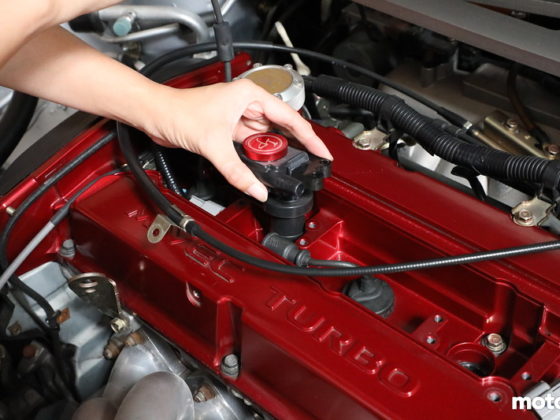
The shifter plate on the T56 wanted to occupy the same space as the trans tunnel. And not in a small way, either. Joel Grannas assured us that the original SC300 swap he did did not require much in the way of modification to the tunnel. But he hadn’t used an early manual car, so it’s possible there were differences. What to do?

When the transmission is too high and hits the tunnel, you have two options. You can cut a gaping gigantic hole in the tunnel to make things fit, or you can lower the transmission. Since the transmission is attached to the engine, it might make sense to try to lower the engine. Chris looked at the space between the oil pan and the front subframe and looked at the Toyota motor mount setup and suggested that we could make custom motor mounts to lower the engine. What’s a little more fabrication among friends, right?

The height of the engine in the engine bay was designed by Toyota based on a lot of factors. One of which was likely designing around what would happen if motor mounts failed or wore out. Plus, the factory motor mounts are designed to include some compliance for both noise/vibration (NVH) reasons as well as for reducing stress/fatigue. On a race car? Who cares.

While Chris, Mark and the gang were measuring, I did some snooping to pass the time. There was a hose that came up into the engine bay near the passenger-side fender that I had never traced where it went. I finally realized — it went here. Which is really nowhere. Discard! You find a lot of random things you no longer need when building a race car, and they all make you wonder what the OE was thinking…

Anyway! Back to custom engine mounts. We unbolted the engine mounts and then raised the engine using deadman screw-adjustable stands. Then we completely removed the engine mounts from the brackets, and lowered the engine by adjusting the stands until we determined how much clearance we were comfortable with.




